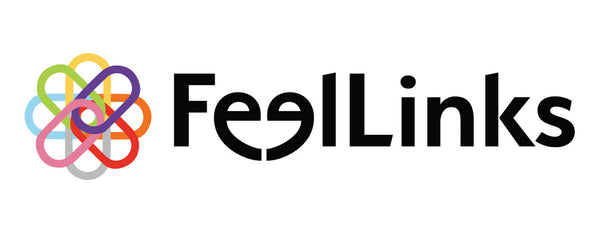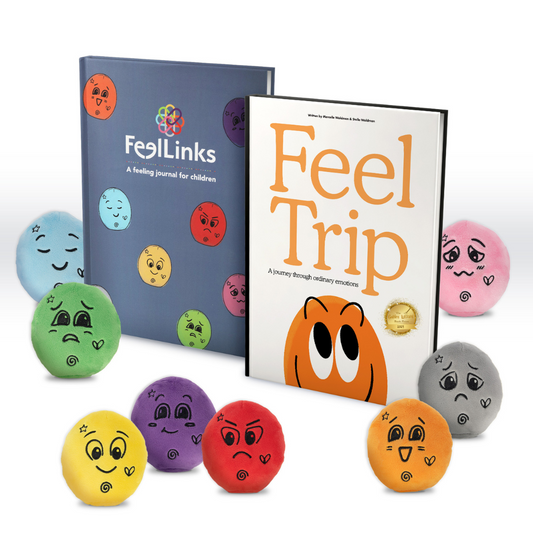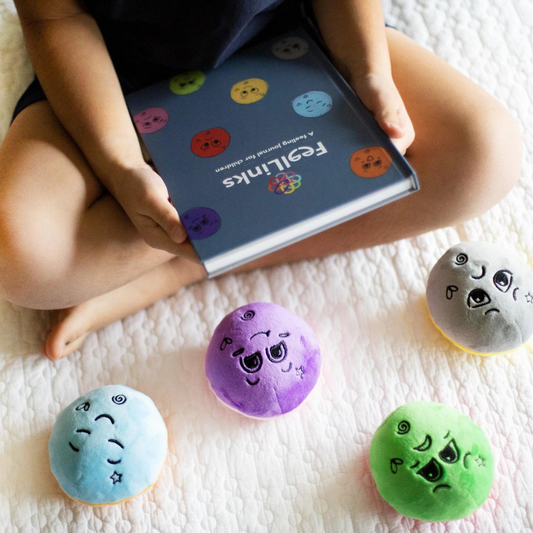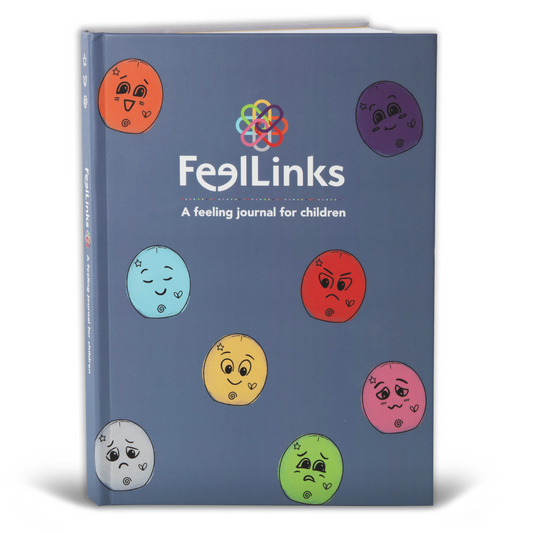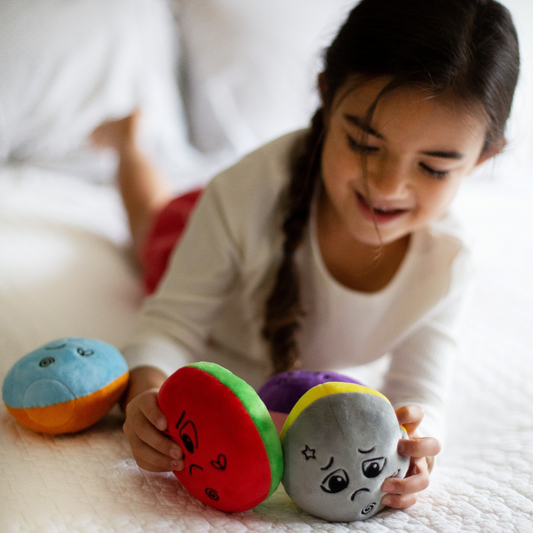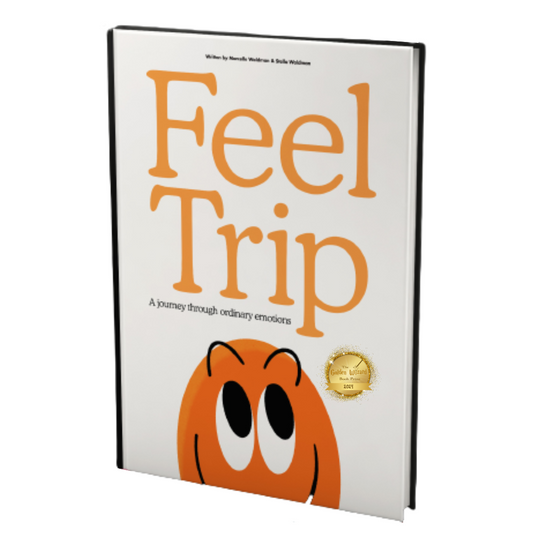Permission For Our Kids to Feel: How to respond, rather than react, to those big emotions
Share

We all know finding connection with our children is very important. However, there are times when emotions are high and finding connection can be more difficult. What can we do to find connection and respond calmly, rather than react quickly and emotionally? Here are some strategies you can use to connect with your children when BIG feelings strike.
1. Find your calm.
Finding our calm in the moment of heightened emotions, can be a difficult practice for us; but it's surely one of the best tools in our toolbox.
“When little people are overwhelmed by big emotions, it’s our job to share our calm, not to join their chaos” - L.R. Knost
“Be a thermostat, not a thermometer” – Dr. Martin Luther King Jr.
-Know your triggers. These are often past experiences in your emotional memory bank that tend to trigger fear based responses. These triggers could also be caused by your values being violated (ie. Your child has lied to you). Recognizing your own triggers can support you in keeping calm.
-Find strategies that work best to keep your calm in these emotionally charged situations. Try strategies such as:
Self-talk: “I am going to react as my best self, right now.” “Reasoning is offline. I need to stay calm to bring you to calm." "Bring calm, not chaos." Find a mantra that works for you and use it as self-talk during these emotional moments.
Best-self: Tell yourself that you want to be your best self in that moment. Then respond in a way that represents your best self!
Deep breathing: Take a nice deep breath, or two, or three, before responding. This will actually change the chemicals in your body, reduce stress hormones and signal to your body that everything is okay. This helps calm our instinctual response of flight, fight, freeze, or collapse.
Self-care: The more you practice self-care, the more relaxed you will be to respond calmly.
2. Get on your child’s level.
-Move gently, use a calm voice, get down on your child’s level, and make eye contact. This does not mean they have to look back at you. Eye contact might be difficult for your child, especially in a state of heightened emotions. Getting on your child’s level shows an important message of safety, trust and care – literally the most important part of connecting.
3. Give permission to feel.
-Try saying something like: "It is okay that you are feeling frustrated, we all get frustrated."
-If your child is experiencing behaviors that are not acceptable, be sure to calmly set limits. All feelings are okay, not all behaviors are okay.
4. Assurance.
-Let your child know you are there for them. "I am right here." You might also offer a gentle hand on their shoulder or a hug, if they desire.
5. Listen.
-Listen to your child’s perspective as they recognize their feelings. Try not to say anything while they are expressing themselves to you.
6. Validate. Empathize.
-Let your child know that you understand what they are expressing and show empathy (I see you). “I can see how hard that was for you.”
7. (Co-) Regulate.
-Continue to support your child in regulating their big feelings. Continue modeling your own calm behavior, while encouraging your child to utilize their own strategies* for calming. Our children are all unique, try different calming techniques, they will have their personal favorites. Children will also differ in the duration it takes to get back to calm after big emotions.
*Discuss calming strategies outside of heightened emotional moments. In my family and classrooms, we created “favorite regulation strategies menu". You could try this too! Then place the list in a visible spot so your child can check in with it and make a choice. FeelLinks Journal also has some great pages focused around regulation strategies! FeelLinks Dolls are also great for communicating with, squeezing, cuddling or breathing with – a tangible tool that supports regulation. Both can be found in my shop.
8. Problem Solve.
-Sometimes you need to problem solve with your child "in the moment" for purposes of safety or other important reasons. If this is the case, you need to be firm and clear, set boundaries, limit your verbal communication, and give your child an alternative.
-Other times, problem solving comes after your child is calm and able to reflect with you. This helps your child learn, boosts their confidence, and increases their ability to make better choices at another time. “What could you do instead?” “How can I help you next time?” “Is there another way to think about it?”
9. Moving on.
-Read, bake, play catch, listen to music, sing, dance, tell jokes, watch a show – do something with your child to continue connecting while moving forward.
As a parent myself, I know how difficult this can be, after all, we are human. When these strategies do not go as planned and you lose your cool – which we all do – remember, you can repair. It is important to take time to repair, apologize to your child when you react to their heightened emotions with your heightened emotions, rather than respond calmly. I wrote a blog on repairing and apologizing to our children, you can read that here.
I will leave you with this important PSA- Be sure to invest time in your own self-care. Taking good care of our children, is taking good care of ourselves.
To close, here is a great quote by Michelle Obama:
“To be a good parent, you need to take care of yourself so you can have the physical and emotional energy to take care of your family.”
With Gratitude,
Marcelle
